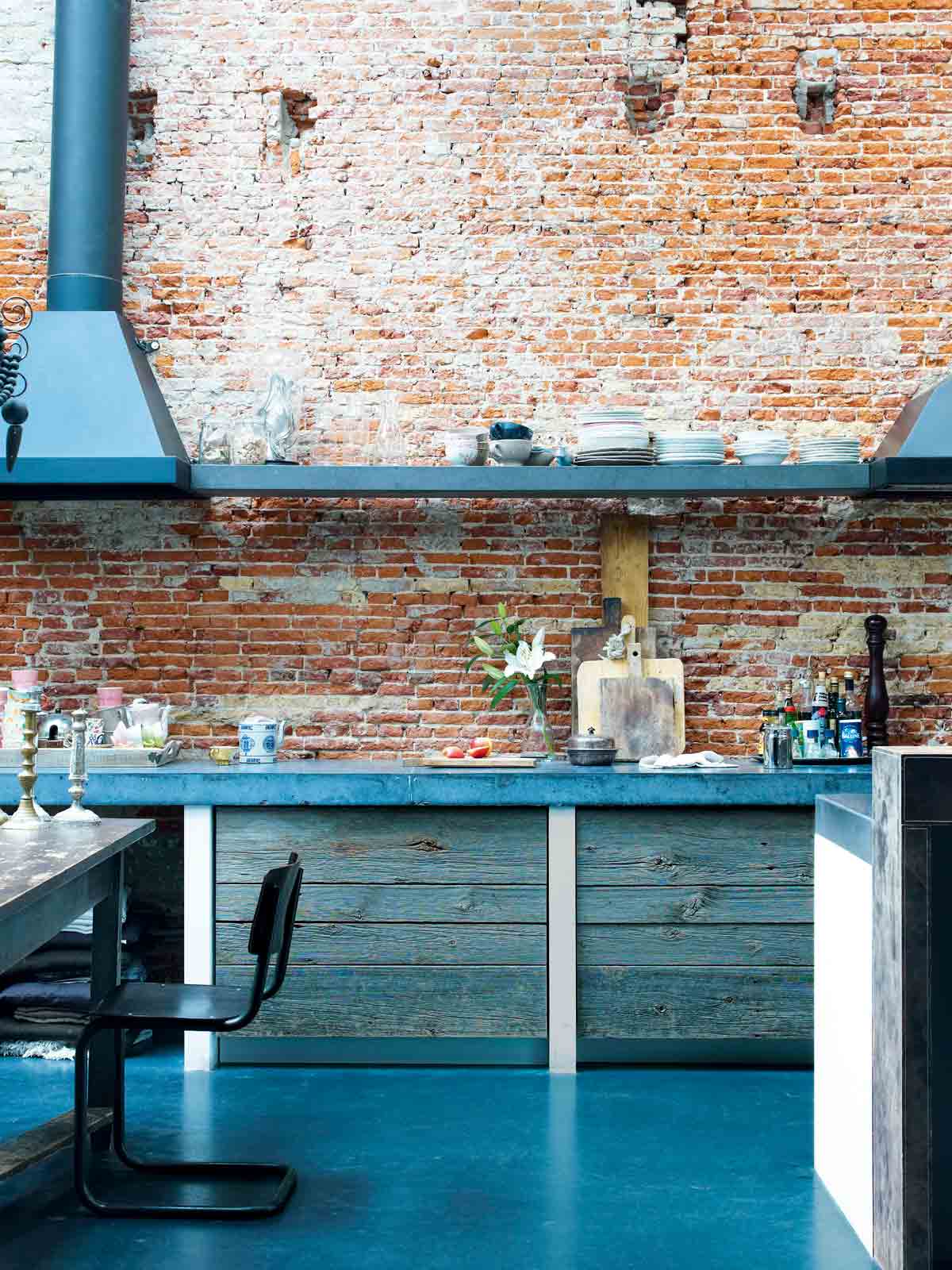The humble brick has been around for more than 5,000 years, with the very first walls traceable back to India and other Eastern countries. But although we’ve been building our British homes out of it since the Romans came to our shores, the trend for exposing it within interiors didn’t catch on in the UK until the mid-twentieth century.
This was more often than not a practical decision rather than a stylistic one; bare brick walls were a cheaper alternative to restoring plaster and woodwork. It was at the start of the twenty-first century that exposed brick became a coveted look, and it took off first in the Big Apple. In areas such as Manhattan’s Meatpacking District, developers were encouraged to convert old industrial buildings that were no longer economically viable into residential apartments. Appealing to creative communities, these buildings were admired for their raw beauty and were deliberately left in an unrefined state.

This trend was then lapped up by restaurants, hotels and office blocks, and in turn it trickled into the homes market, sitting comfortably alongside the vogue for industrial-look furniture.
For an updated look, give exposed brick a fresh feel by painting it; the finish will highlight all the intricate irregularities of its surface.
Details:Deciding whether to expose brick depends on the age of your property. As a general rule, pre-Fifties is best and the earlier the better. Find a suitable tradesman at ratedpeople.com. To emulate the look, faux-brick cladding can look very convincing; try matclad.co.uk or totalwallcoverings.co.uk.
The Livingetc newsletters are your inside source for what’s shaping interiors now - and what’s next. Discover trend forecasts, smart style ideas, and curated shopping inspiration that brings design to life. Subscribe today and stay ahead of the curve.
The homes media brand for early adopters, Livingetc shines a spotlight on the now and the next in design, obsessively covering interior trends, color advice, stylish homeware and modern homes. Celebrating the intersection between fashion and interiors. it's the brand that makes and breaks trends and it draws on its network on leading international luminaries to bring you the very best insight and ideas.